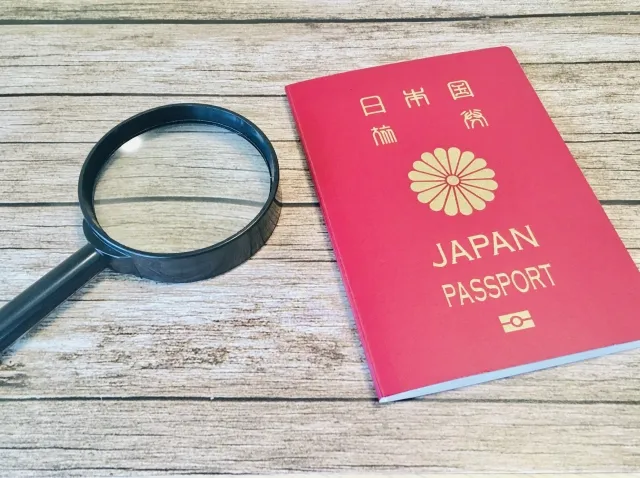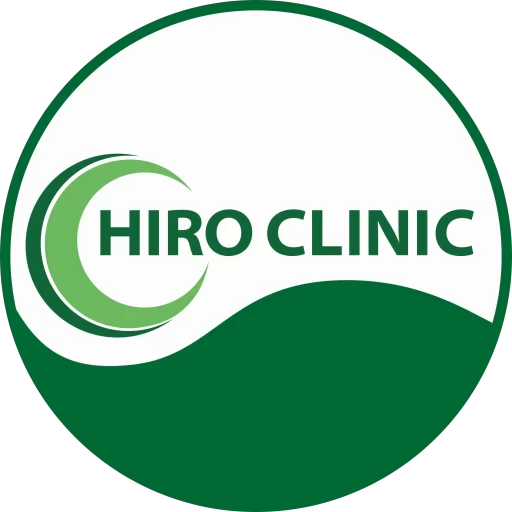この記事の概要
There are some similarities and differences in the diagnostic criteria and treatment approaches for ED (erectile dysfunction) in Japan and the United States. Below is a comparison of diagnosis and treatment approaches in both countries.
1. definition and diagnostic criteria of ED
- Japan: According to the Japanese Urological Association, ED is defined as “the inability to achieve or maintain an adequate erection, resulting in unsatisfactory sexual activity. In Japan, physical examination, interview, blood tests, and psychological evaluation are part of the diagnosis, and measurement of testosterone levels is also recommended [101†source].
- USA: The American Urological Association (AUA) guidelines adopt a similar definition, but emphasize in particular that ED is a risk factor for cardiovascular disease and diabetes. the diagnosis of ED emphasizes the assessment of the overall health status and focuses on the patient’s psychological factors and lifestyle. It also focuses on the patient’s psychological factors and habits [109†source].
2. 治療アプローチ
- Japan: In Japan, PDE5 inhibitors (Viagra, Cialis, etc.) are the first choice. Lifestyle modification, counseling, and surgical procedures (e.g., penile prosthesis insertion) are also offered to patients with severe ED. In Japan, because ED is closely related to lifestyle-related diseases, treatment of diabetes and hypertension is also effective in improving ED [102†source].
- U.S.A.: In the U.S., as in Japan, PDE5 inhibitors are the most common treatment, but lifestyle modification and psychological approaches are also strongly recommended. Surgical treatments such as negative pressure devices (penile pumps) and penile implants are also widely used in the U.S. Counseling with a therapist is often used in conjunction with ED due to psychological factors [110†source].
3. differences in health care systems
- Japan: In Japan, ED medications are not covered by insurance, so patients must purchase their medications at their own expense.In principle, patients also bear the cost of surgical procedures and counseling.
- U.S.A.: In the U.S.A., ED medications are generally not covered by insurance, but some treatments may be covered under certain conditions. Another feature is that patients have access to new and experimental treatments if they wish.
4. psychological and cultural differences
- Japan: Although awareness of ED has improved in recent years, many men still feel embarrassed and hesitate to consult a medical institution. In addition, because ED is often viewed as a natural phenomenon of aging, the percentage of men receiving treatment tends to be low.
- United States: In the United States, ED is often recognized as a result of aging or lifestyle-related diseases, and there tends to be relatively little resistance to consulting a health care provider. In addition, psychological counseling and lifestyle modification are easily accepted as part of treatment [109†source] [110†source].
Conclusion
In Japan and the U.S., the basic approach with regard to the diagnosis and treatment of ED is similar, but there are distinctive differences in the relationship with lifestyle-related diseases, the emphasis on psychological approaches, and the medical systems. Both countries offer a variety of treatment options to meet the needs of patients, but in the U.S. there is a particular emphasis on lifestyle modification and psychological support.












